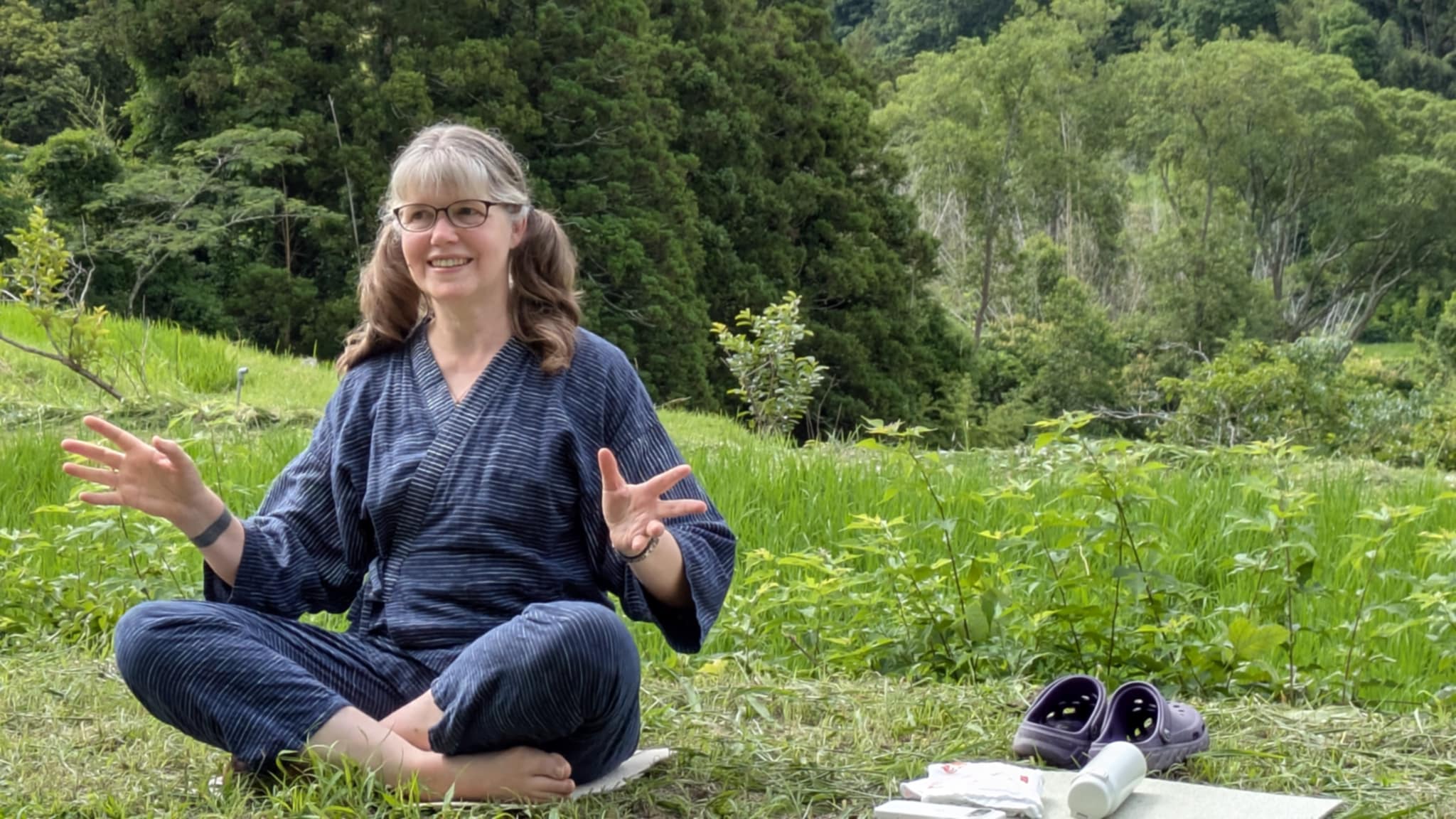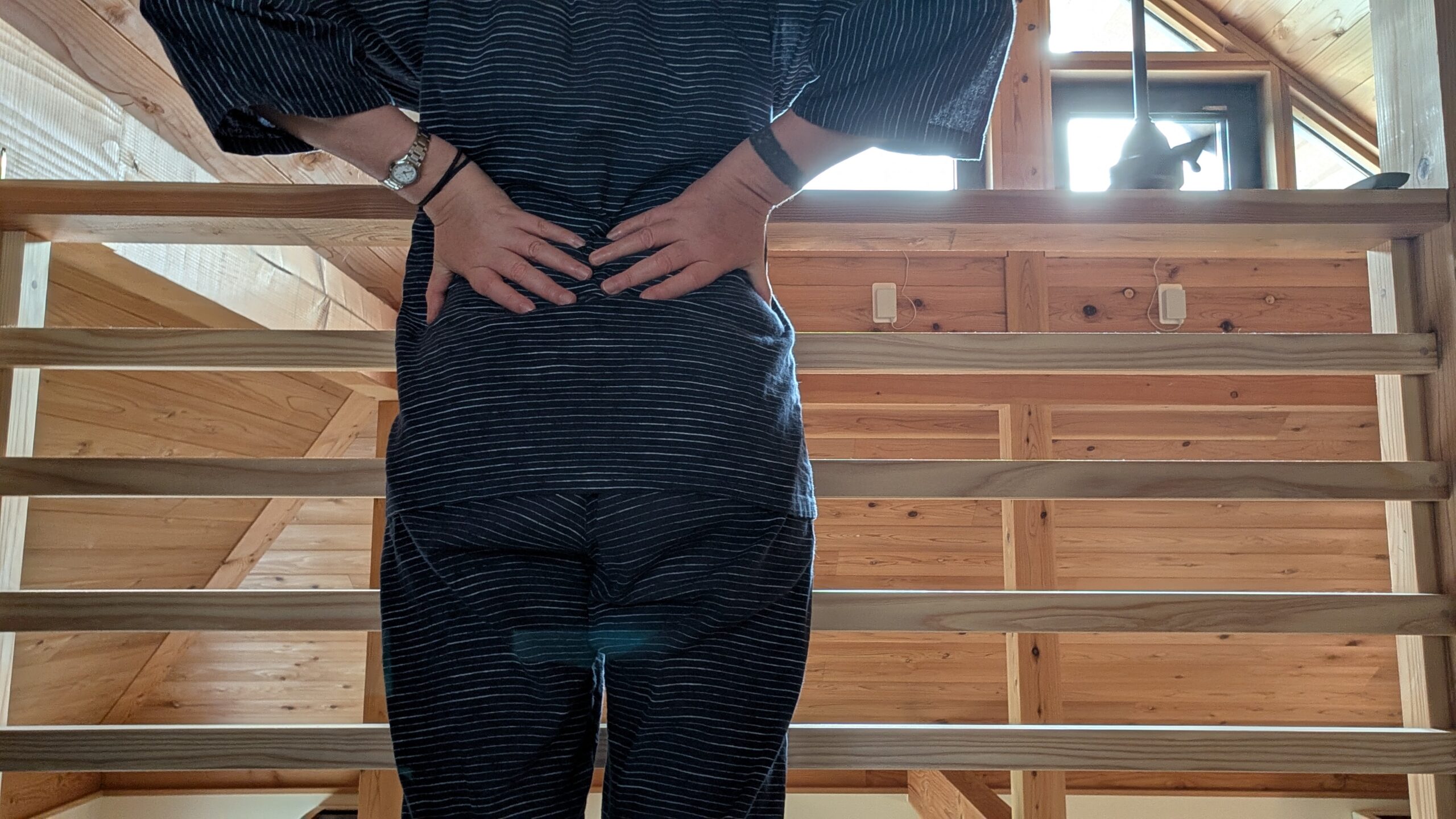Let me lead with the obvious; there isn’t much gender equality here. But I have an idea that might help.
The situation
Japan ranked 125th out of 146 countries in the 2023 Global Gender Gap report by the World Economic Forum. It will take 131 years for Japan to close the gender gap according to the WEF.
Women fall very short in political and economic power here. Less that 5% of towns and prefectures in Japan are lead by women; the federal government is a bit better, with women as 10% of Representatives and almost 25% of Councillors.
Although over half of women in Japan work, many of them are in low-paying service jobs. Only 15% of management roles are filled by women and the higher up the ladder you go, the fewer women you see. Almost a third of large companies have no women at all on the executive team.
So when Japan hosted the G7 Ministerial Meeting on Gender Equality and Women’s Empowerment this week, it was not a surprise that Japan’s minister was male. It has been widely reported as a funny/notfunny issue.

Women’s role as seen by politicians
Japan’s decreasing birthrate has been a political topic for decades. Without babies, who will pay into the pension system? How will there be enough workers to take care of the economy? Women must have children. Hmm…
Elderly politicians are out of touch about how women fit into society. Their wives filled a mothering role for their children in the 1960s and didn’t work outside the house. Wives mothered them, too. Even men I know and love have their lunches packed daily by their spouse. It makes me want a wife of my own, to be honest.
A more global society has shifted perspective on that old fashioned family structure. Through the Internet, movies, and other streams of information, we see that women hold power, have jobs, become successful. And that fathers can raise families and manage a household. We learn how women are empowered in other places and the comparison with Japan is not favorable.
This isn’t the first time I’ve written about gender bias in Japan. In 2007 I made a response to Hakuo Yanagisawa’s stupid comments about women being “birth giving devices” with an animated video and an interactive art display at DesignFesta.
At the moment Japan is desperate to increase its population – through more births rather than immigration – and the men in power are thinking hard about what to do. Mostly the plan is economic incentives like free education and healthcare. But birth-giving machines are in low supply with only 25% of Japan’s households having children.
I think that nothing will change until women’s voices are heard. And how do you hear them? You shut up the men. And how do you do that?? I have a plan:
Co-ministers on committee
For every ministry, group, or committee that works with issues involving a power imbalance, whether its gender, native populations, LGBTQ+ there need to be pairs of participants. One from the population in power and one from the population being empowered. For our example, men and women.
- Bring the full committee together to start the proceedings. Introduce the topic, the problem to be solved, hand out all the necessary materials and information.
- Then divide into two working groups – men and women – and let each discuss the issues and solutions among themselves without the distraction of the “other side”.
- Now bring them back together. The women present their ideas. The men listen and take notes. The group in power doesn’t get to present their ideas.
- Next, break the whole into smaller sections again – evenly pairing men and women. The groups need to be small enough to make personal connections, so ne-on-one would be ideal. These small groups brainstorm ways to mesh the women’s program with the men’s.
- In the next round, combine the small groups into slightly larger groups (from two people to four people) and repeat the discussion and brainstorming process.
- Repeat the process, combining small groups into larger ones for discussion until the full committee is back together for a final session of planning and decision-making.
Why could this co-minister committee process work?
- Ensures the unempowered group participates fully in the process – not as tokens or consultants, but as half of the working committee with equal weight and value.
- Gives voice to the real needs and wants of the unempowered. By presenting their plan without the powerful interrupting, they create a platform for negotiation in smaller groups.
- It keeps the powerful involved more equitably. Their ideas (and experience) become incorporated through the negotiations rather than railroaded through.
- Reduces the amount of power any one person has. Everyone must contribute and good ideas are more likely to survive the multiple rounds of discussion.
- Builds personal and professional connections among individuals. Once you have worked with someone one-on-one, there is investment in that relationship.
I haven’t devised some novel concept for committees; I am not that smart.
But I don’t see any evidence of it happening in Japan. Despite a 2011 goal of “increasing the share of women in leadership positions to at least 30% by 2020 in all fields in society“, there isn’t participation by women in most leadership situations except in a token way.
And for all the women in Japan in positions of power, I commend you. Please find ways to bring your sisters into the fold. Mentor. Encourage. Get them on committees so that we can hear their ideas on how to improve gender inequality.






